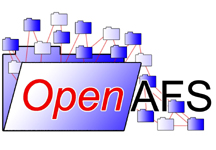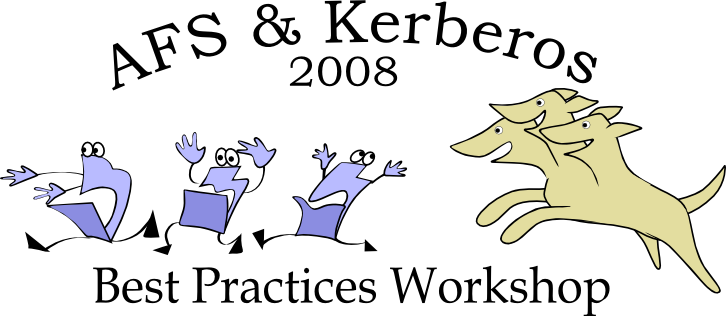Wednesday 21 May 9:00am
Location: Second Floor of Campus Center at NJIT
 |
 |
 |
Location: Second Floor of Campus Center at NJIT
Speaker: Alistair Ferguson (Morgan Stanley)
Title: OpenAFS and the Dawn of a New Era
Abstract:
AFS was introduced into Morgan Stanley around 1995 as part of the Aurora
project (see LISA'95 paper). Aurora aimed to allow tens of thousands of
machines distributed across the globe to be centrally managed. At the time, AFS
had a number of significant advantages over similar products (e.g. NFS)
including a single hierarchy, efficient local caching, guaranteed cache
consistency, read-only data replication, seamless data migration and security
(using ACL's and Kerberos authentication). These features allowed a relatively
large (at the time) number of machines per AFS cell, with homogeneity guaranteed
by the fact that even the OS was in read-only (RO) AFS. In 1995, there were
around 26 cells each with around 20GB of replicated data. There was also around
200GB read-write (RW) data. Aurora was remarkably successful. The number of
machines has grown from a few hundred in 1996 to almost 22,000 at the end of
2007. Similarly, the AFS plant has grown to over 60 RO cells, most serving
almost 3TB of data. As predicted in 1995, the RW data has grown explosively,
rising to over 14TB served from 6 dedicated RW AFS cells.
In that time, the computing environment has changed significantly. Aurora was
designed when disks either had little capacity or were very expensive, now they
have large capacities and are cheap. Network capacity has also increased
significantly. So for OpenAFS, is there any reason to be optimistic ?
The history of AFS at Morgan Stanley will be covered, including the original
design goals and some of the constraints involved. Those constraints will be
re-evaluated in the light of modern technology, as well as changing
requirements, notably the need to support hundreds of thousands of heterogeneous
machines and reduce costs. That naturally gives rise to a discussion of the
advantages of OpenAFS in an enterprise, and the role it can play in a complex,
fast moving, highly critical production environment. Finally, some of the
recently completed projects and the major impact these have had for Morgan
Stanley will be highlighted, as well as possible future projects / directions.
Biography:
Alistair Ferguson received a B.Sc. in Computer Science from Teesside Polytechnic in 1991, before doing a Ph.D. in Artificial Neural Networks at the University of Hertfordshire in 1995. After becoming a research fellow and getting married, he left the university in 1997 to earn some money. After a year consulting, he joined Morgan Stanley as a Unix System Administrator in 1998 and has been involved in AFS ever since. Starting with operational responsibilities for AFS, he became the lead engineer responsible for OpenAFS in the middle of 2007. He can be contacted at alistair.ferguson at morganstanley.com.
Slides: PDF